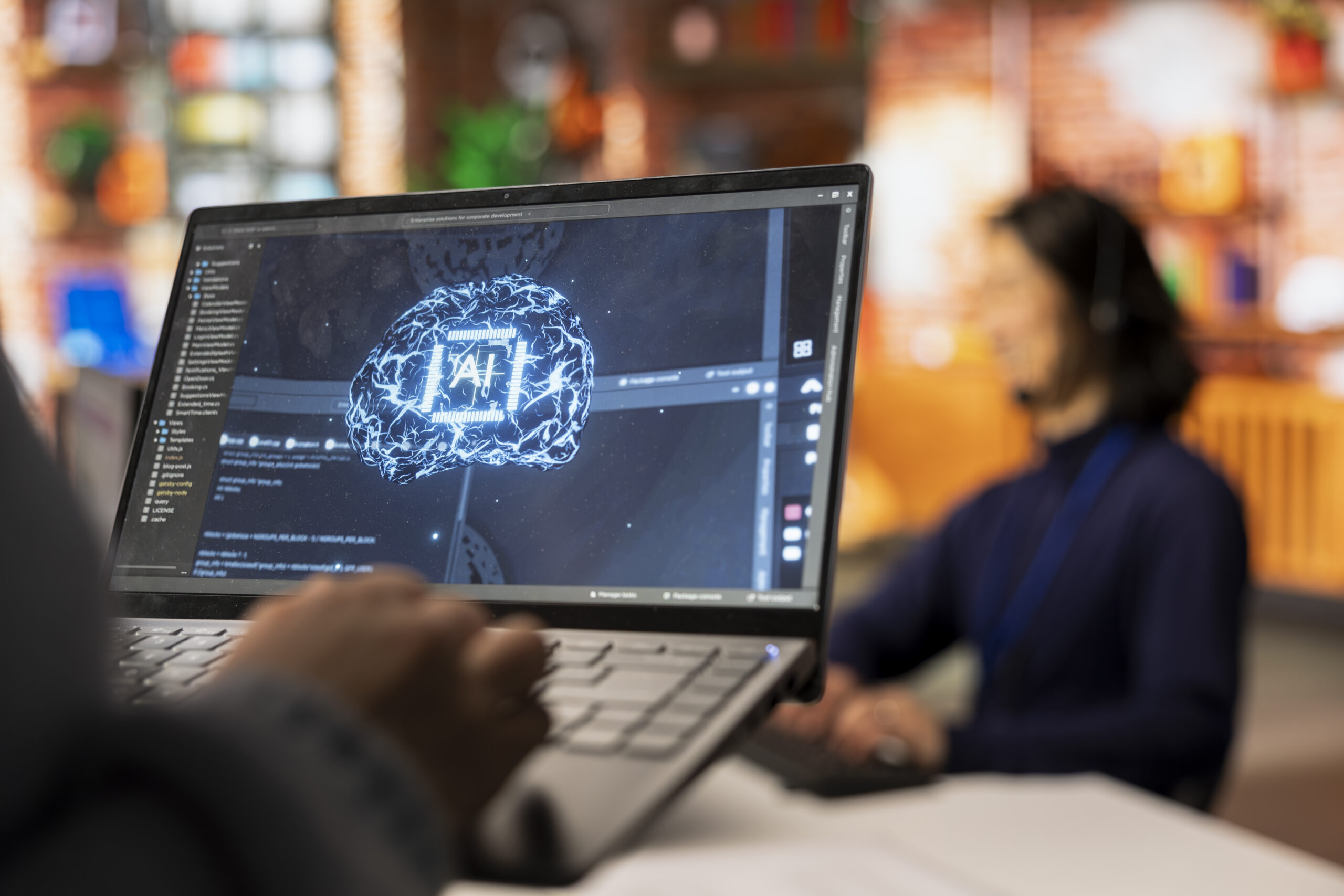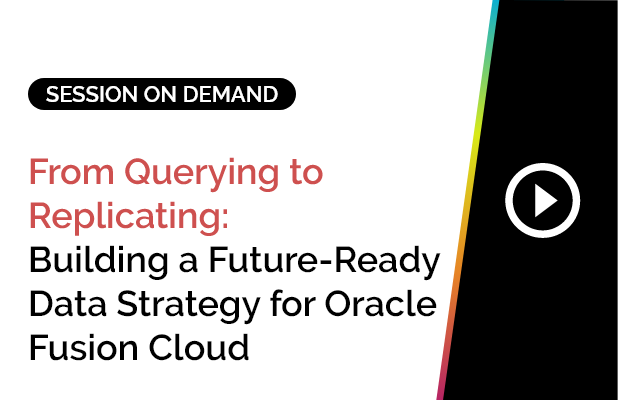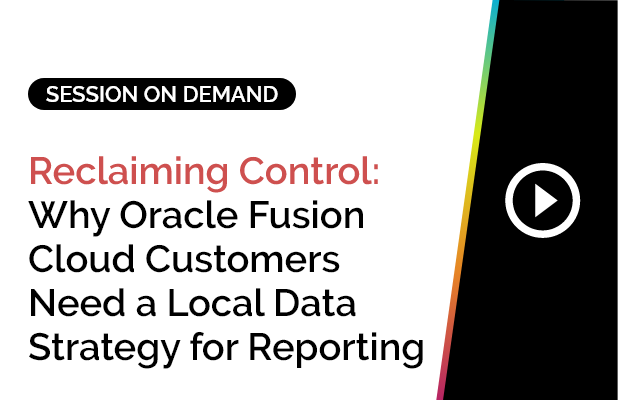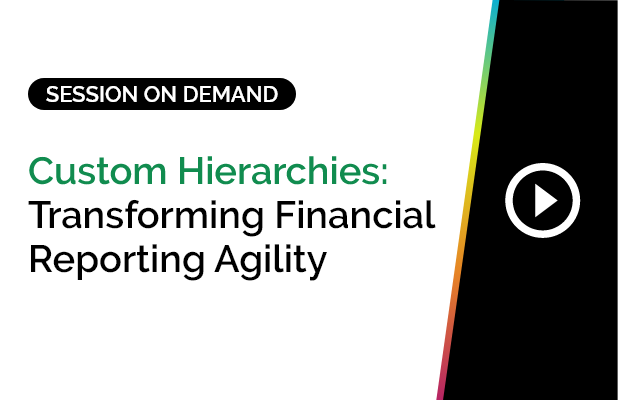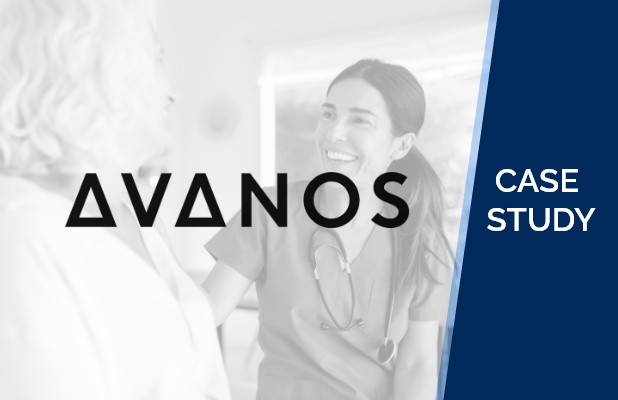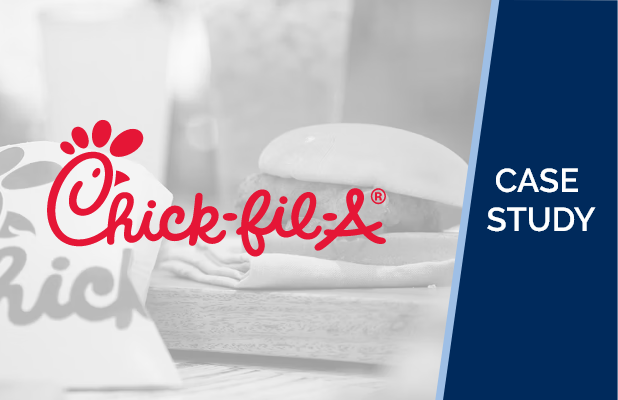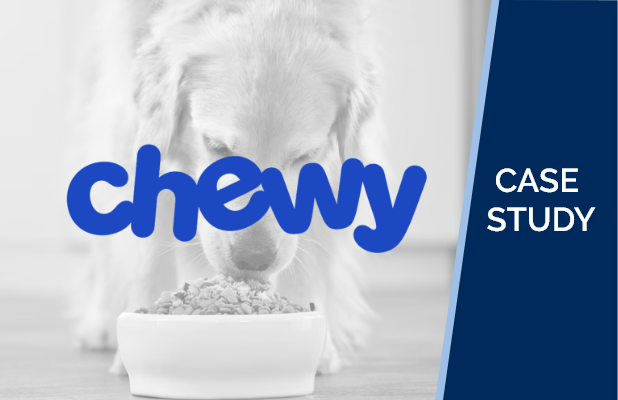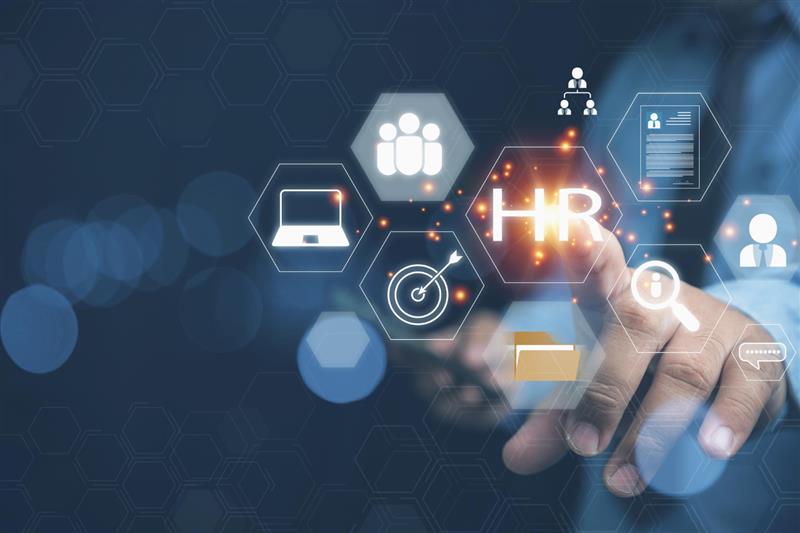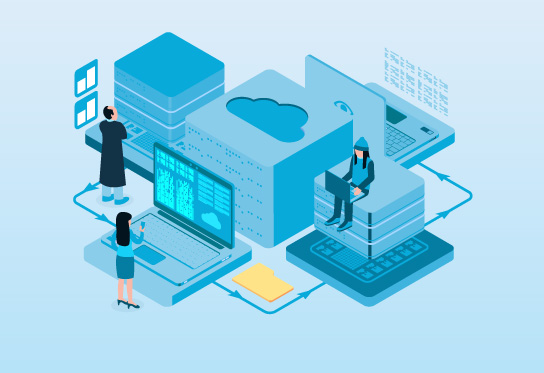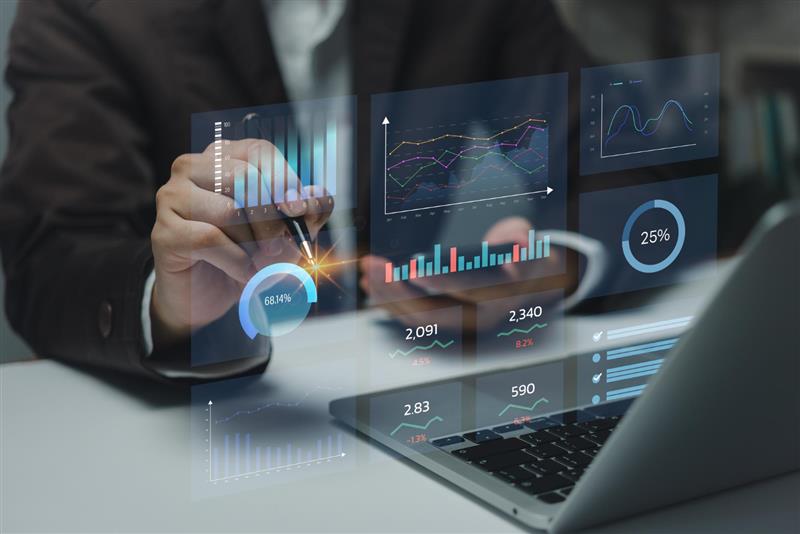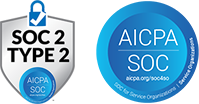Since the release of GPT-3, AI adoption has accelerated across enterprises. HR functions are no exception. According to recent industry surveys, well over half of HR departments now report using at least one AI-based tool in their workflows. From résumé screening to predictive attrition dashboards, it feels like every vendor deck carries the same label: “AI-powered.” But buzzwords don’t build better strategies.
As became clear at HR Tech this year, HR leaders aren’t chasing shinier sales pitches. They’re asking sharper questions: What can AI truly automate in HR analytics today, and where does human judgment still lead the way? Too often, the “cutting edge” gets marketed as a revolution – when in reality, it’s incremental progress dressed up as transformation.
What AI Can vs. Can’t Do
| What AI Can Do (Today) | What AI Can’t Do (Yet) |
|---|---|
| Natural language querying | Provide cultural context |
| Anomaly detection | Apply ethical guardrails |
| Pattern surfacing | Translate insights into action |
| Automate manual reporting tasks and democratize data access across HR teams. | Replace human judgment |
Where AI Delivers Value in HR Analytics Today
AI earns its keep not through sweeping promises, but in targeted use cases where the data is reliable and the questions are focused.- Natural language querying democratizes data access. Instead of waiting on analysts, an HRBP can simply ask, “Show me turnover by function in Q2” and get the answer in seconds. Analysts aren’t replaced. They’re freed from ad-hoc requests and can focus on deeper, strategic work.
- Anomaly detection is another strength. HR data is massive and noisy. A spike in overtime costs, a sudden jump in absenteeism, or attrition doubling in a business unit. AI flags these anomalies faster than humans can. While it doesn’t interpret the cause, it ensures the signal doesn’t get buried.
- Pattern surfacing turns correlations into insights. Think: engagement scores linked with retention, training completions tied to performance, or flight-risk predictions connected to manager tenure. These connections would take HR teams weeks to identify. AI highlights them in moments. In short: AI shortens the distance between a question and a clue. It accelerates discovery but leaves interpretation, prioritization, and action to humans.
Where AI Falls Short and Why Humans Still Matter
Even with progress, AI has limits. The most effective HR strategies come from human-AI collaboration, not automation in isolation.- Contextual interpretation: AI can spot a 12% turnover jump in sales but can’t tell you if it’s caused by leadership gaps, market dynamics, or a new incentive plan. That requires local knowledge and cultural awareness.
- Ethical guardrails: Algorithms can reinforce biases if unchecked. Human oversight is essential to ensure fairness, accountability, and equity.
- Strategic action: AI can compress weeks of analysis into hours. But only people can build the boardroom narrative, align stakeholders, and drive organizational change.
The “Hype to Reality” Litmus Test

The next time you hear a vendor pitch “AI for HR,” put it through this filter:
- Is it predictive or descriptive?
Descriptive analytics explain the past. Predictive models forecast the future. Both matter, but they’re not interchangeable. Don’t mistake dashboards for foresight. - Does it replace manual effort or judgment?
If it reduces repetitive tasks (like cleaning data), great. If it claims to automate people decisions without oversight, that’s a red flag. - Does it explain “why” or only “what”?
Most AI is strong on the what (attrition spiked here). The why – cultural shifts, leadership changes, competitive moves – still requires human insight.
These questions cut through marketing spin. But more importantly, they help HR leaders focus on AI that truly accelerates strategy.
Conclusion: The Future of HR is Human-AI Collaboration
The future of HR analytics won’t be about AI replacing people. It will be about people and AI working side by side.
AI should be seen as an accelerant, not an oracle. It can reduce weeks of manual analysis to hours, detect risks early, and democratize insights across the business. But the “last mile” of context, ethics, and strategic storytelling belongs to humans.
At SplashBI, that’s why we built SplashAI: conversational AI designed for HR professionals. Ask questions in plain language, get answers instantly, and act with confidence. It’s not a black box, not a buzzword, but a partnership where machine speed meets human judgment.
That’s how the future of HR analytics will be won.

Brianne Minnich
HCM Delivery Director, SplashBI
Brianne Minnich is the HCM Delivery Director at SplashBI, where she leads the design and delivery of human capital management solutions that connect people, processes, and data to measurable business outcomes. With more than two years in leadership at SplashBI and a proven track record in project delivery and strategic workforce planning, she ensures technology investments align with organizational priorities. Brianne is known for streamlining operations, driving data-driven decision making, and fostering cross-functional collaboration to help organizations achieve meaningful workforce transformation.

